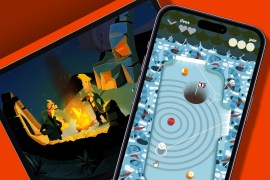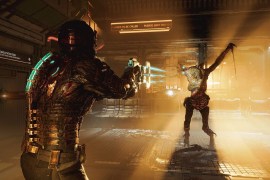Our day out with the autonomous Audi A7
At CES Asia, Audi gave us the chance to go hands-on, or rather hands-off, with its autonomous car tech…

We’re no strangers to self-driving Audis. Back in December 2014 an autonomous RS7 tore up the Ascari race circuit while we cowered with fear in the passenger seat. But that was on a racetrack under controlled conditions, miles away from the hustle and bustle of city life. And there are few cities with more hustle and bustle than Shanghai…
For those of you unfamiliar with the driving etiquette in this mega city, well, there isn’t any. Every day is like an audition for The Fast And The Furious. Being cut up is par for the course – to hell with mirror and signal, just manoeuvre.
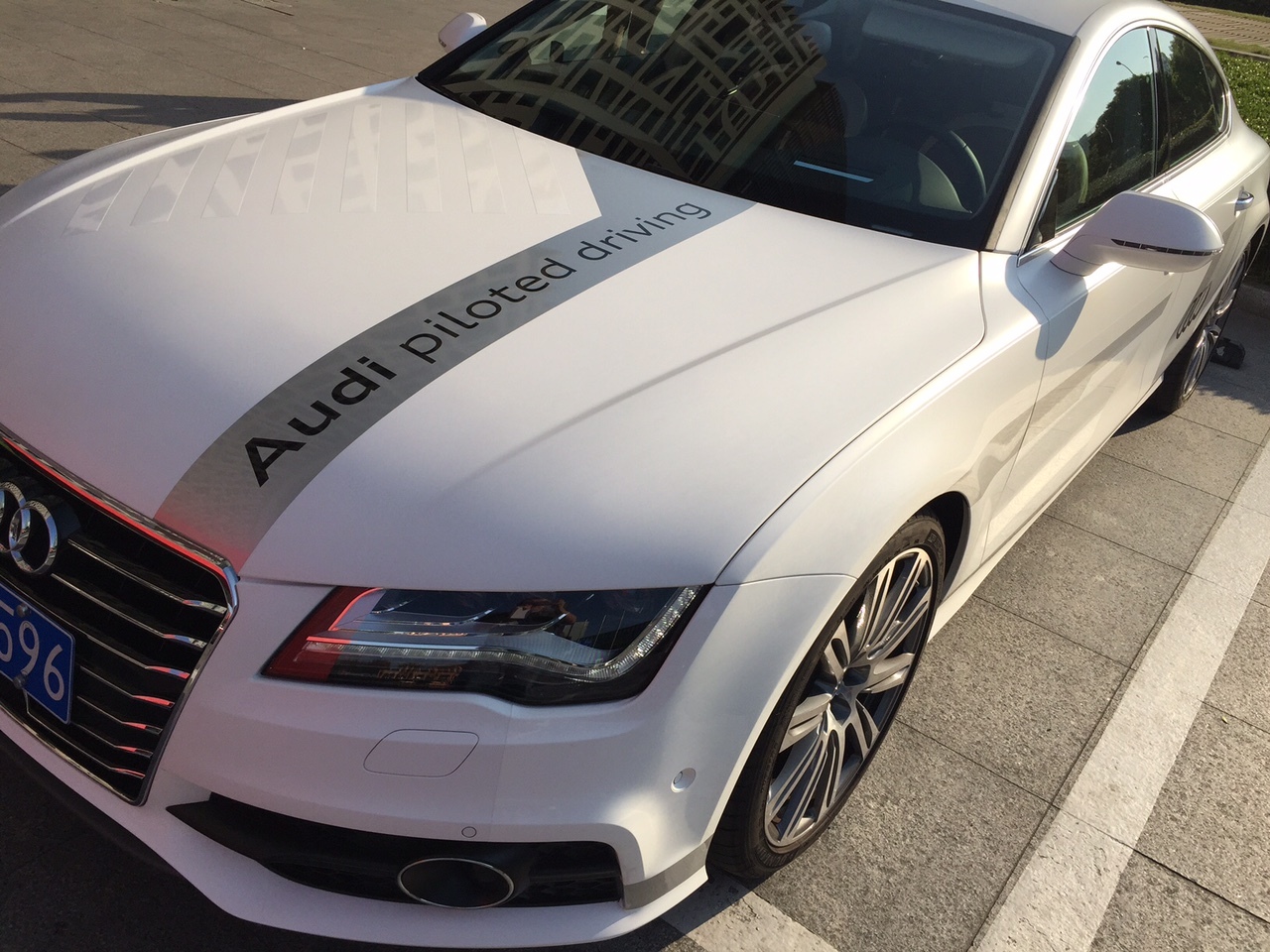
So we’re told our piloted A7 will drive eight kilometres from our hotel to Shanghai’s bank district and back again. To hold our hands (and the steering wheel) Audi has placed one of its senior engineers in the driving seat to run us through all the tech and explain the processes involved.
He explains the A7 is equipped with Traffic Jam Pilot, a version of Audi’s piloted driving tuned to work when you’re tearing your hair out stuck in congestion.
How does it work? Well, the car navigates its surroundings using a combination of cameras, sensors and scanners.
A forward-facing camera near the rear view mirror sees lane markings and traffic signs. Radar sensors have been paired up at either end of the front bumper – they sense the distance to vehicles in front and match your speed accordingly.
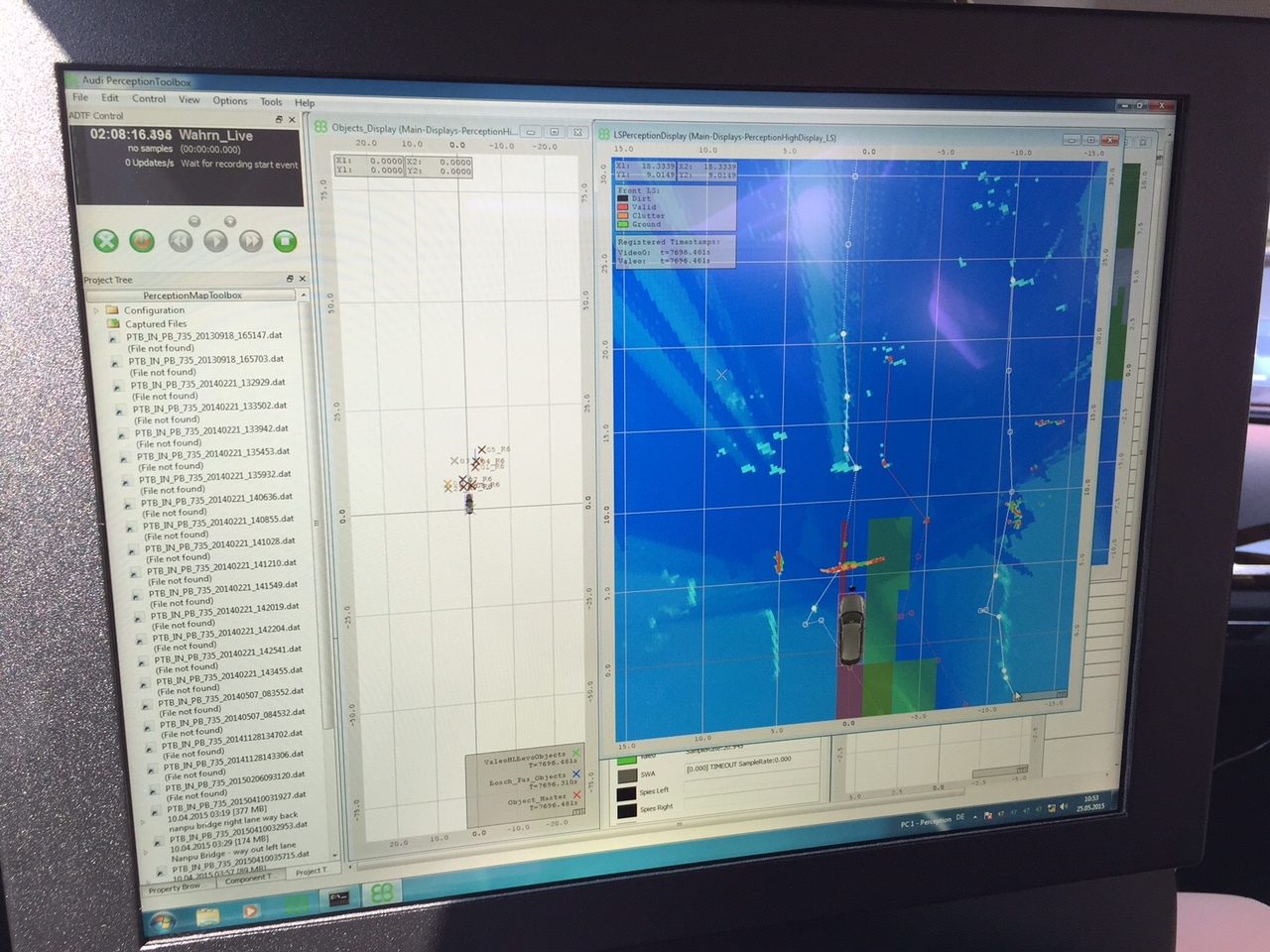
Finally, there’s a laser scanner sat just below the middle of the front bumper. In layman’s terms, it’s basically a laser pointer that rotates at 25 times per second. The laser hits an object, gets a reflection, takes a measurement of the distance and feeds it back to the onboard computer. Simple.
Or perhaps not. We’re told that radar frequencies are absorbed by water and because humans are 90% wet stuff, pedestrians tend to be spotted a little too late. Not ideal. The laser scanner doesn’t have such problems, but it can be thrown by shiny chrome surfaces because they can act as mirrors. Thankfully, this doesn’t affect the radar, so in reality both technologies cover for each other.
In the back seat, Audi has rigged up a PC monitor to show the readings taken by the sensors in real-time. You can see stationary objects and the outlines of cars and people as they wander in front of the vehicle. The readings make a sudoku puzzle look positively childs play.
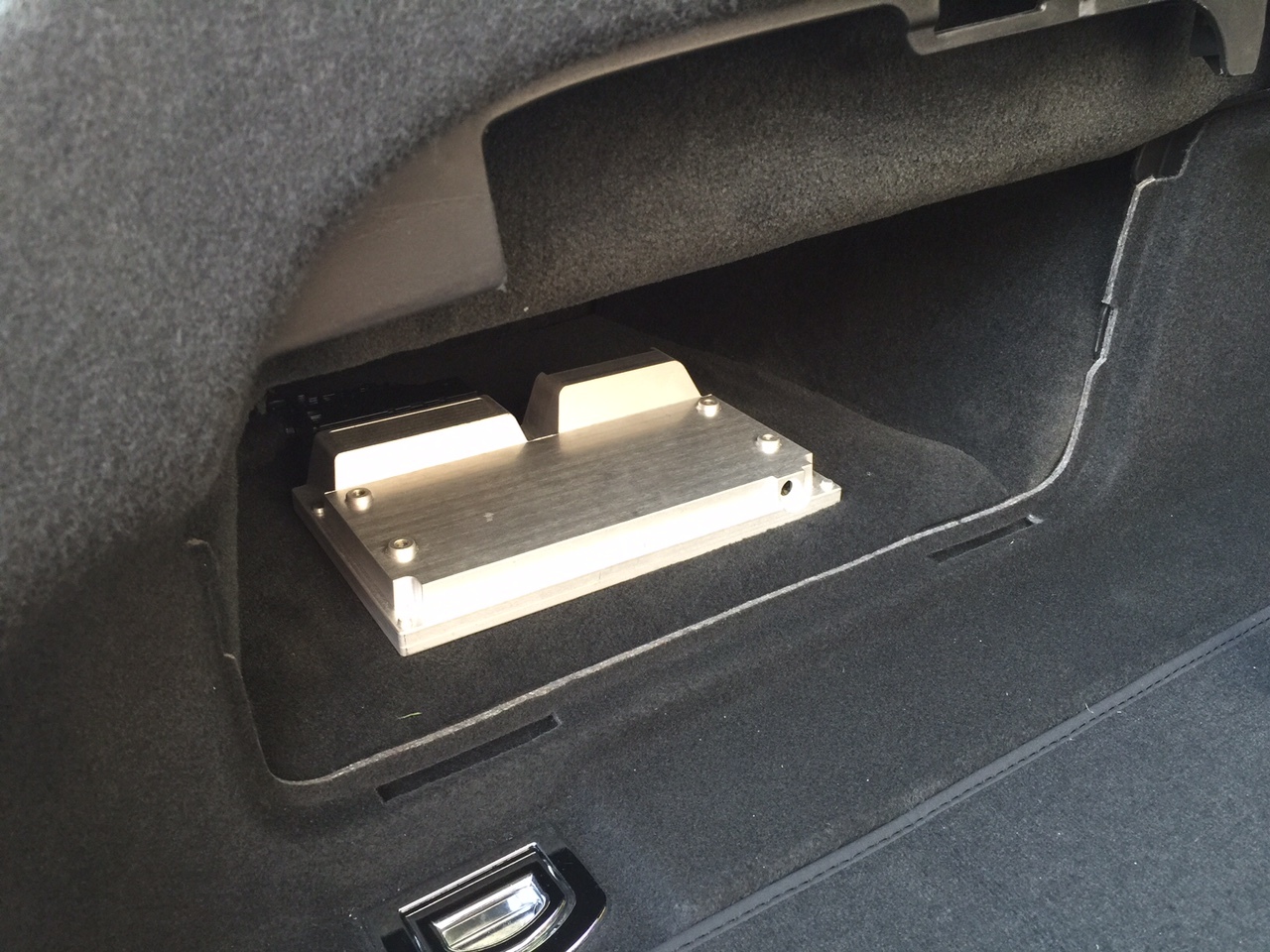
All this number crunching must take processing power, right? The engineer opens the boot to show us but although we’re expecting to see 10 PC towers strapped together, we instead find there’s nothing more than a small rectangular box tucked away in one of the side compartments.
The box features Audi’s zFAS (central driving assistance system/control unit), an Nvidia Tegra K1 processor and all the various chipsets required for imaging etc. There’s also extra hardware to make the system safe from external interference.
But before the car runs loose like a rogue Johnny Cab from the original (and best) Total Recall, our expectations have to be managed. This is a consumer version of Audi’s piloted system, so the computer will only go up to 60kmph. It can’t change lanes, and it can’t hit 130kmph like Audi’s test mules can. And, being a first-generation system, the pilot can only manoeuvre within the confines of one lane. To be able to move across lanes requires more sensors. More sensors means more expense. You get the picture…
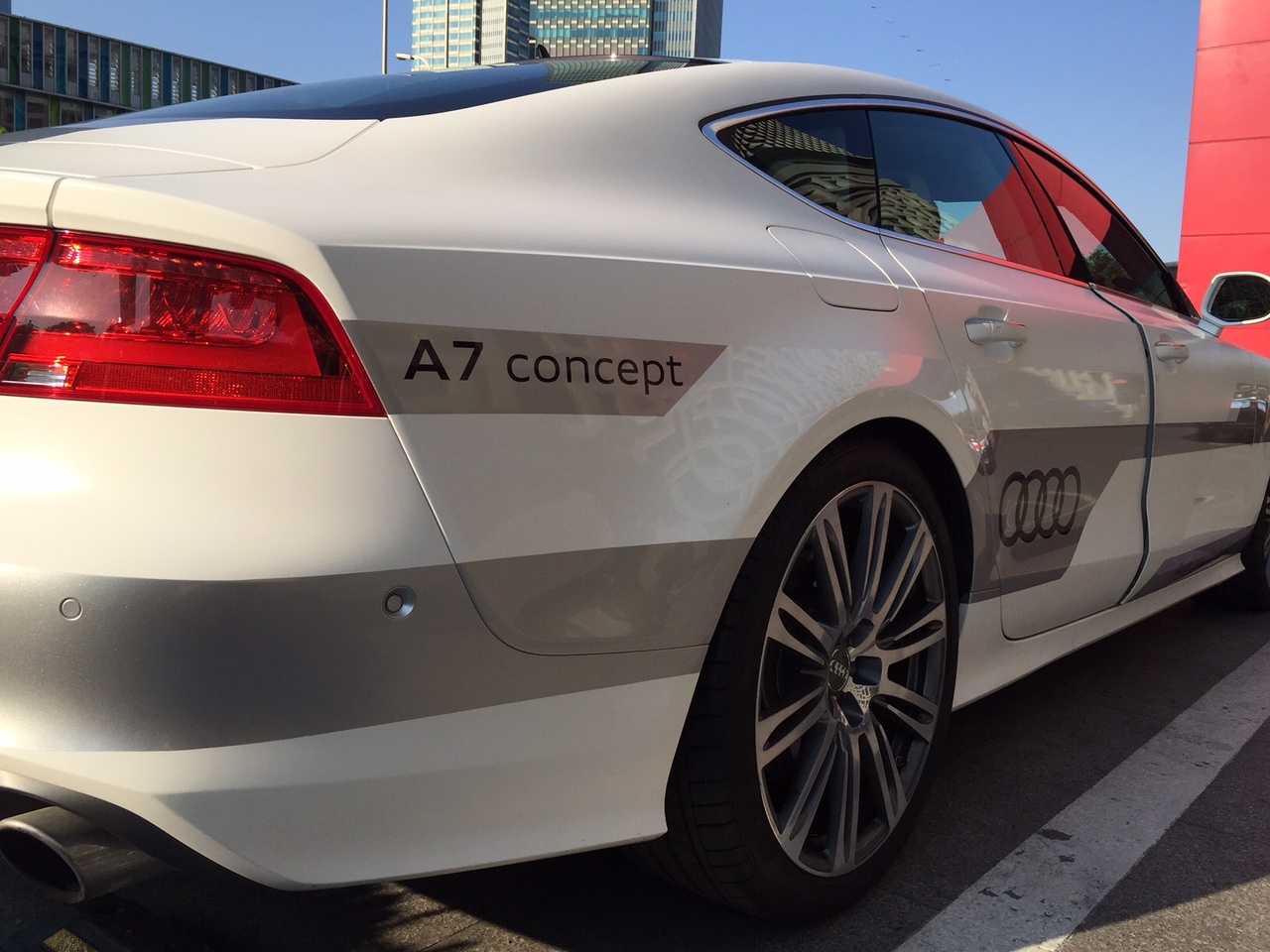
Our expectations duly managed, we settle down for the ride. We’re soon heading up on to the Chinese equivalent of the M25. A message comes up on the display with a prompt that piloted driving is available. Our man from Audi takes the car up on its offer. The A7 starts to monitor what’s unfolding and shows the speed and a scan of the traffic in front via the main instrument cluster.
The traffic slows down, and the Audi slows down with it. You can feel the subtle adjustments being made as the car positions itself in the middle of the lane.
There’s a black box recorder in the car, which stores all the sensor information in a buffer before it’s quickly deleted – if you’re involved in an accident, the data from 30 seconds before and 10 seconds after the collision is written into the control unit permanently.
In theory, you don’t have to watch the road while the system’s engaged – you could be checking your emails, surfing the web and chatting to passengers, but there will be a point when you’re called back into the game.
If a ‘situation’ occurs, e.g a car pulls out in front of you or there’s a really tight bend, the car gives out a 10-second warning for you to take control. If you don’t make it in time, the car comes to a complete halt and engages the hazard warning lights.
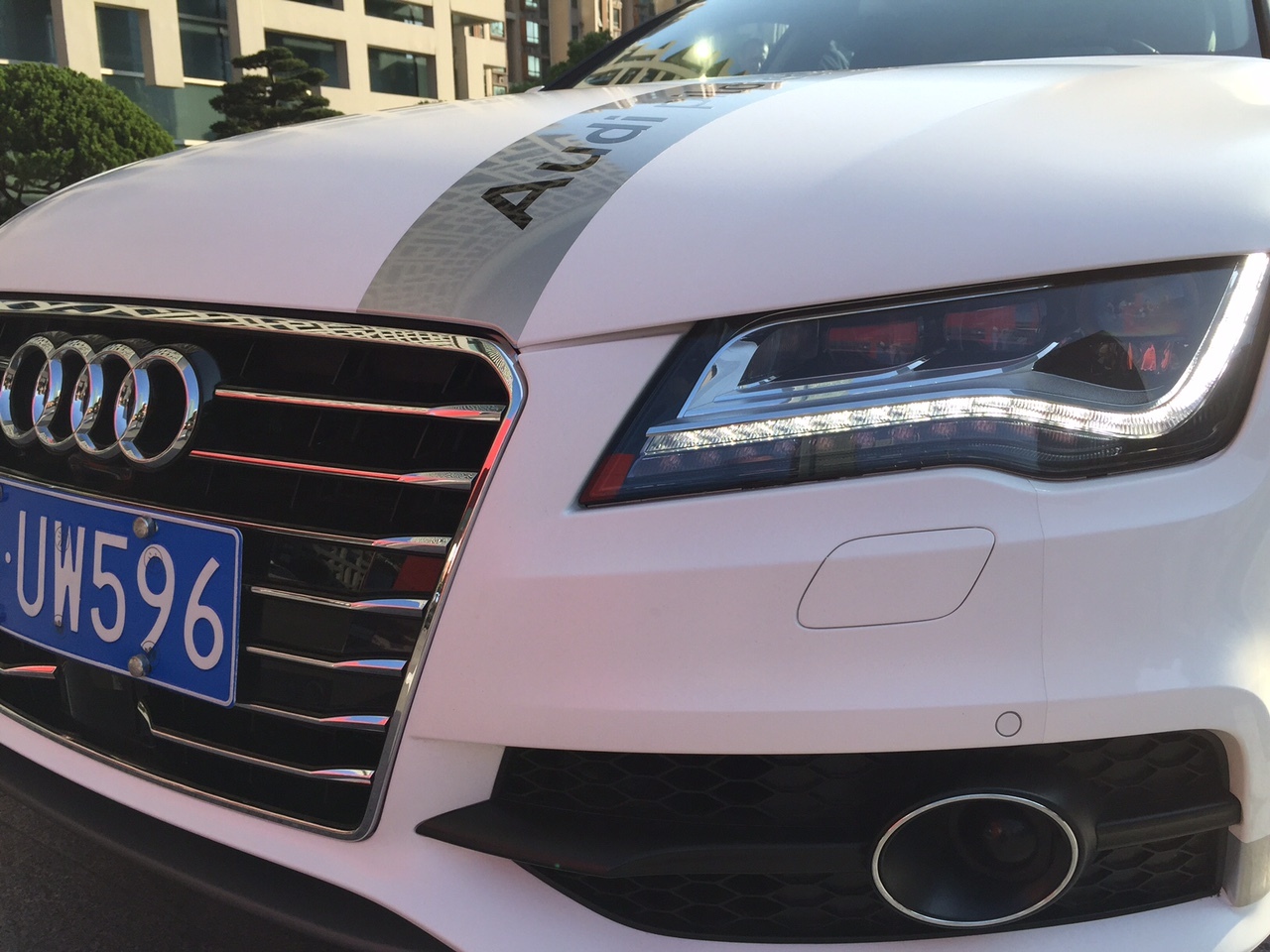
A short while later, we’re back at our hotel. We would thank the ‘driver’, but, well, it’s not that intelligent yet. So we thank the engineer instead.
In the short-term, if you’re expecting the technology to revolutionise the way you drive, then you may be disappointed. We’re still a world away from having street-legal self-driving cars, where you’re able to sit in the back seat and be driven around like Miss Daisy.
There’s also the small mental hurdle of putting all your faith and trust in a computer and machine – we all know what happened in Terminator… But as a demonstration of what life will be like in the medium- to long-term, it was all pretty impressive. Now we just need to remember to actually pay attention when we’re back in our own, non-AI-controlled motor.
Related › 10 of Stuff’s favourite cars

